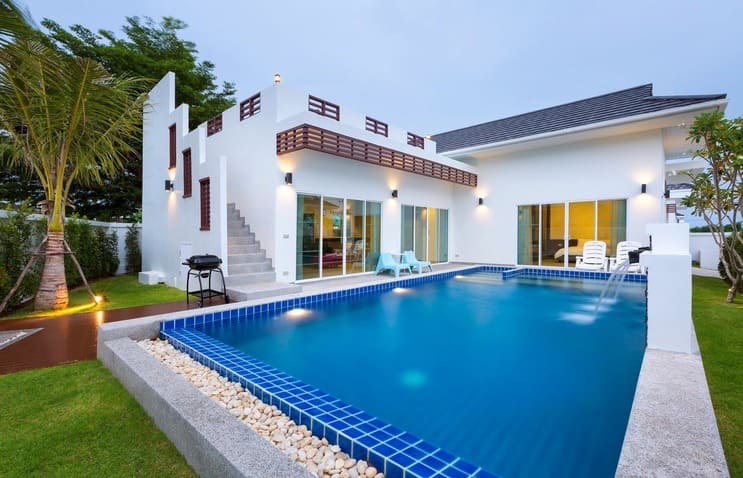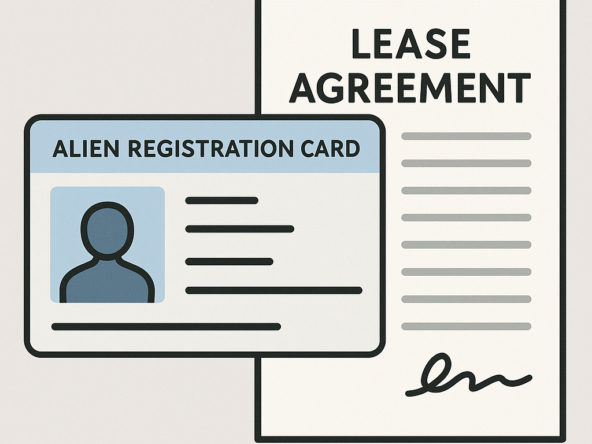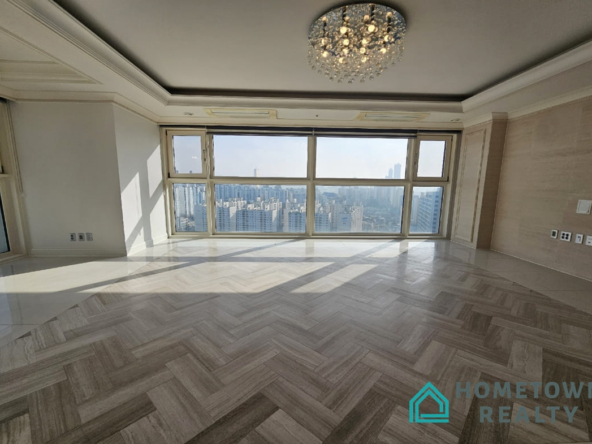South Korea is one of the countries that many foreigners eye when they wish to move abroad. This is primarily because of the rich history, wonderful city life, low crime rates, and available modern facilities. Whatever your reasons for moving to Korea, you may be eyeing a place to live, like a modern Korean villa. However, Korea’s housing system and real estate work differently than those you are familiar with. As a result, renting a modern Korean villa can be complicated if you are unfamiliar with it. After all, you need to consider various factors, like the rental process, rules, negotiations, pricing, deposits, and more. Not to worry, we have you sorted out. We have prepared a complete guide that will allow you to understand how you can rent a modern Korean villa. Let’s dive in.
General Overview of the housing system
Before we dive into the details, you must get an idea of the housing system in Korea. The great thing is that the rental market in Korea is quick, which means you can rent long-term accommodation reasonably quickly. Additionally, the prices are not insanely high as they can be found in some major North American and European cities. It is important to note that the highest rental costs will be found in Seoul. However, the problem with finding a villa in Korea is that they are not a popular choice for rentals, so your options are relatively limited compared to smaller accommodations being readily available. This availability raises the prices, especially if you want to settle with a family. If you require spacious housing close to city centers, getting a mixed-use apartment may be a good idea. These apartments have large spaces similar to a villa but are much closer to convenience facilities, like shopping malls and the subway. Such housing can be found in Yongsan, Myeongdong, and Gangnam. Renting Villa in Korea can be an excellent option for family-oriented people who wish to live with their family members.
Villas in Korea
Villas in Korea differ a lot more than the enormous fancy houses that foreigners associate with them. In Korea, villas are apartment buildings with at most five floors. Also, villas are found away from city centers, as this is where larger buildings containing apartments and offices are located. This means you will have fewer options when you go for a modern Korean villa. Also, villas in Korea are owned by individuals. This means that when you rent a villa, you will not be able to live in the entire thing but will instead have the floor or apartment for yourself. However, the positive characteristics of living in a modern Korean villa are that you will have a lot more space and need to deal with fewer residents. Additionally, utilities and rent will be cheaper as they are situated away from the city centers.
It is for the best that you hire the services of an English-speaking real estate agent. The landlord will likely only speak Korean, while the contract text will be Korean/English. The renting process can become complicated if you are an expat who doesn’t know the language. Furthermore, such a real estate agent can assist you if any problems occur with the house while you are staying there. Some tasks they can help with include enabling communication with the landlord and calling a repairman. Additionally, advertisements can be misleading in Korea, and a villa you are interested in may look different from what it does in the pictures. A real estate agent will be able to advise you and ensure you get the modern villa you are looking for. Besides that, they can also help you with necessary checks, like confirming the identity and reputation of a landlord, alongside any building debts. Building debts mean that you will likely be unable to get your deposit back at the end of the contract, which can result in a dispute where you may need to go to court. This can be a stressful and expensive procedure and very complicated for a foreigner.
Rental Contract and Deposit System
It is important to note that contracts for renting in Korea tend to be at least two years, regardless of the type you go for. There are four types of contracts with their required deposits in Korea. These are:
- Wolse
- Jeonse
- Banjeonse
- Yearly Payment
Wolse
Wolse is a type of contract system similar to the lease system used in Western countries. It involves the renter submitting a deposit with the landlord while paying rent monthly. The landlord keeps the deposit in an account with interest rates. This is why a common negotiation tactic to lower rental fees is to increase the deposit amount, as such an agreement can benefit both parties. At the end of the contract, if the tenant maintains the apartment properly, then the landlord returns the deposit. This type of contract is also gaining popularity among locals due to rising costs and the inability to pay significant deposits. This is because it does not require a high deposit compared to Jeonse. However, it is still quite large for yearly payments.
Jeonse
Jeonse is a type of contract system where the renter pays a deposit equal to the property’s worth. Furthermore, the renter does not pay any rent to the landlord as the landlord earns the profit from the interest rates of the deposit held in the account until the contract is fulfilled. After the contract, the landlord returns the entire deposit to the renter. This arrangement can be profitable for both parties, so it is prevalent among Koreans. Many Koreans also take out bank loans to get a Jeonse contract. However, it is rare among expats since it can be more difficult for foreigners to have that much money initially. It is vital to note that there is a risk of not getting the deposit back with this contact. This is because homeowners may be in a state where they do not have enough money after buying a house. As a result, they accept chartered tenants to minimize their investment.
Banjeonse
Banjeonse means half-jeonse and is a type of contract that can be considered a middle ground between Jeonse and Wolse contract systems. This means rent is to be paid alongside a sizable deposit more than the deposits paid in Wolse contracts. However, the advantage is that the deposit and rent are lower than in the other two contract types.
Yearly Payment
Unlike in other countries, property owners in Korea tend to ask for a substantial deposit due to certain legal restrictions. Property owners and realtors cannot check the credit of tenants, and even if tenants do not pay rent for an extended period, property owners are not allowed to evict them for several months, which includes the time it takes for legal procedures. As a result, property owners ask for a deposit that can cover over a year’s rent to ensure their safety. For example, if the rent is $5,000 per month, the deposit could be $50,000 or more.
However, tenants are also worried about not getting their deposit back when the lease ends. Therefore, many foreign companies and embassies choose to pay one to three years’ rent upfront with only one month’s rent as a deposit.
In some areas where mostly Koreans live, a big deposit is common, but in foreign areas such as Hannam, Yongsan, and Seorae, both methods of payment are used, with paying one or more years’ rent upfront being more prevalent.
Utilities, bills, and other miscellaneous payments
When you rent a villa, there will also be building maintenance and utility fees, known as Gwanlibi in Korean. These monthly payments will cover various services like security, cleaning, garbage disposal, cable, and internet. These fees are typically not included in listings, so consider them before establishing your budget. Additionally, the utility services offered by your villa will differ, so make sure that you know exactly what the payments cover with the landlord. These payments do not cover gas, water, and electricity bills, so you must pay those alongside utility and rent fees. Gas is the most significant expense since it is an imported resource and will be a considerable expense during the winter due to the gas heating system found in most homes in Korea.
To sum up
South Korea is a great country to live in, whether you are a local or a foreign expat. In particular, you may be looking to rent a modern villa, as you prefer its spaciousness to apartments. However, villas in Korea differ from villas in other countries, as they are smaller than fancy villas in other countries. The rental system in Korea consists of four types of contracts.
Wolse contracts are similar to leases in Western countries, where the renter gives a deposit and pays rent. Jeonse contracts are preferred by locals and involve the renter paying a deposit equal to the worth of the property while the landlord takes money from the interest. Banjeonse contracts are a middle ground between the two. Finally, yearly payments are the most prevalent contract type, as it ensures a high deposit like in Jeonse contracts is not required. There are utility fees that a renter must pay, known as Gwanlibi, which are separate from gas, water, and electricity bills. It is vital to hire the services of a real estate agent or villa rental agency, as they will ensure you can get a suitable villa for you while eliminating complications.




